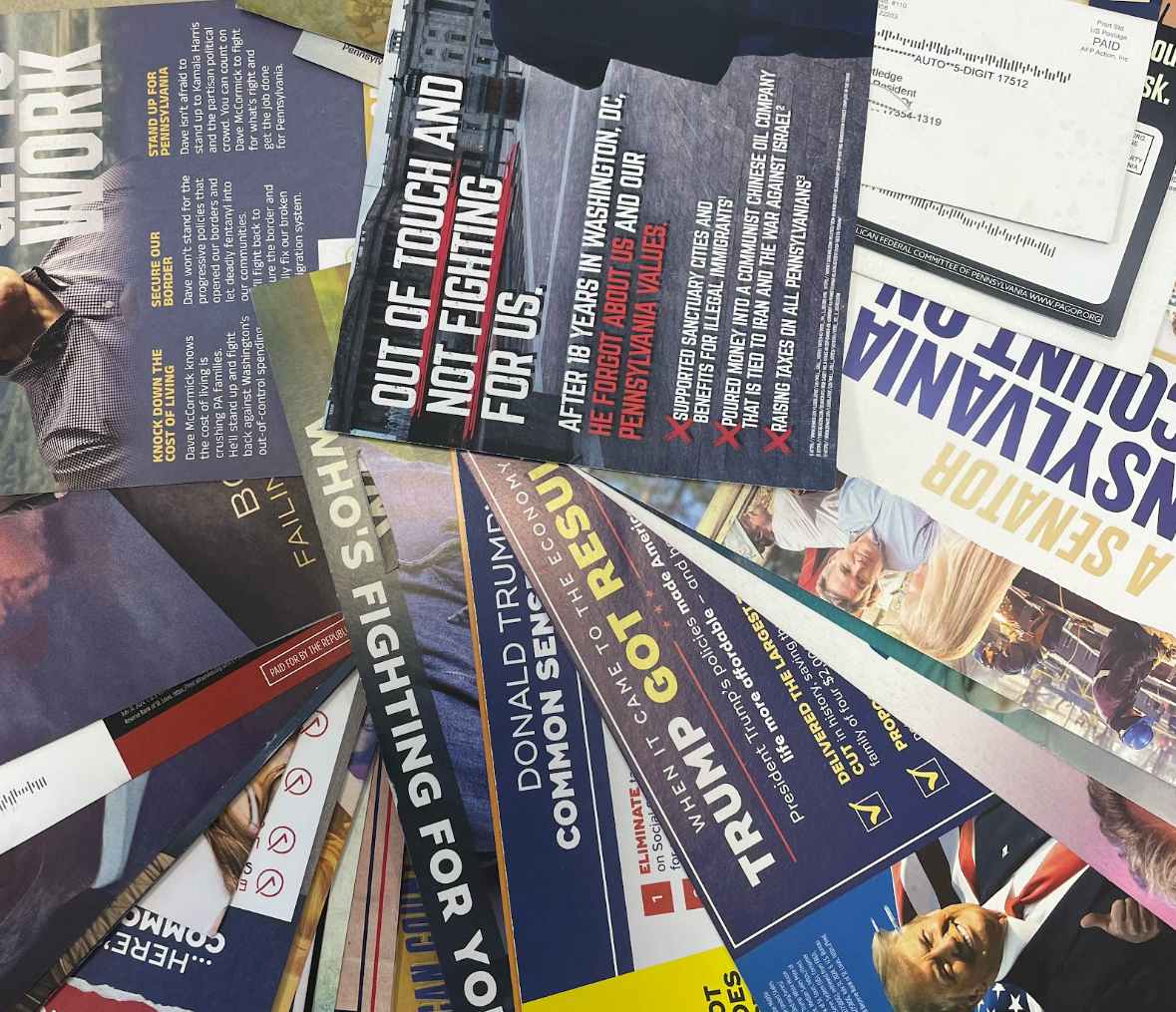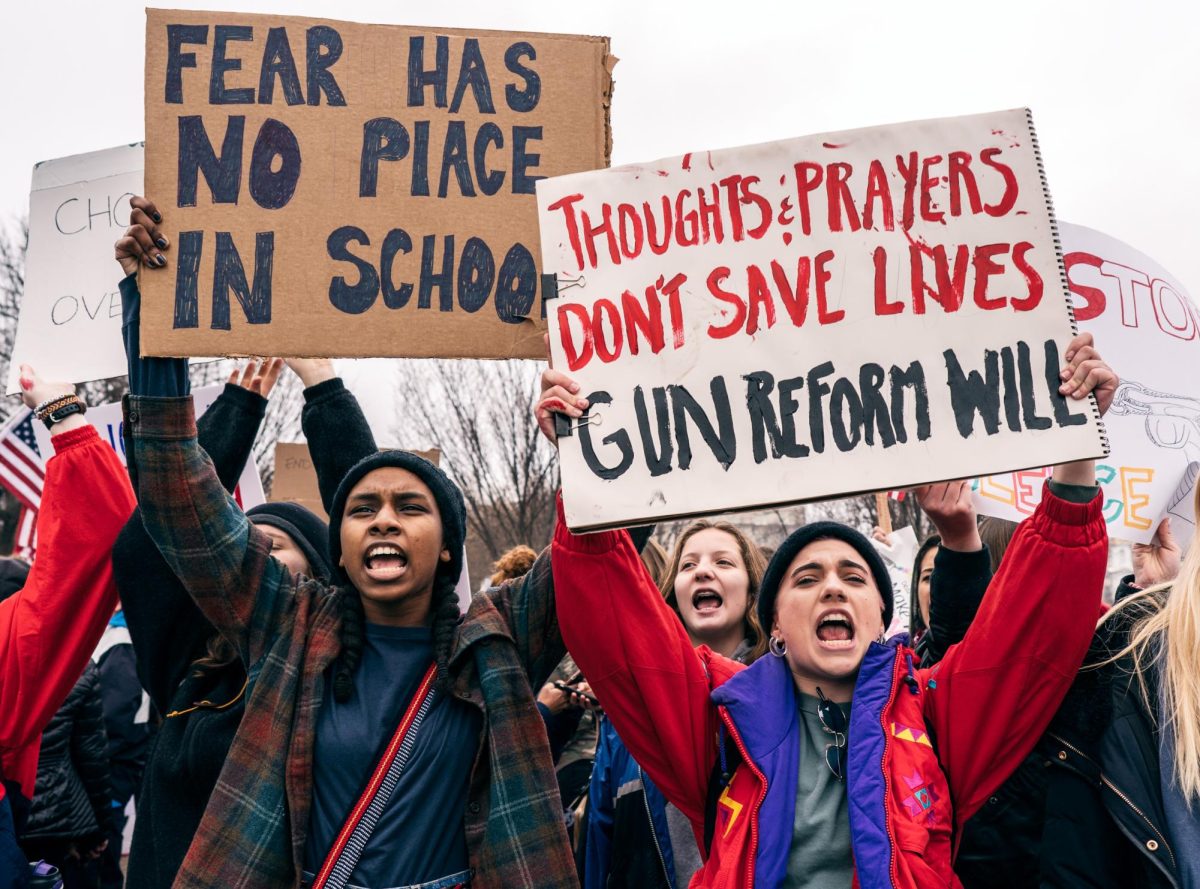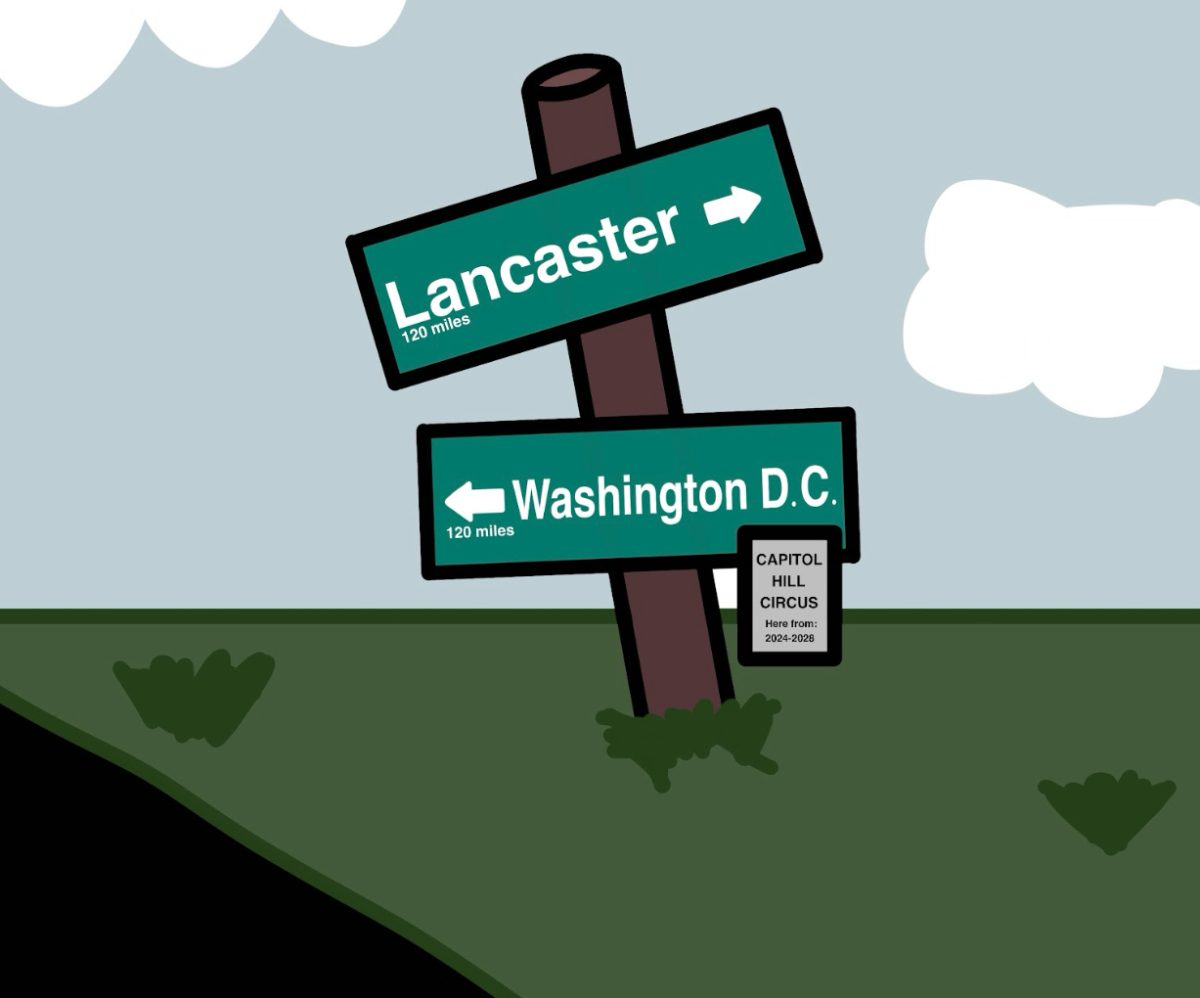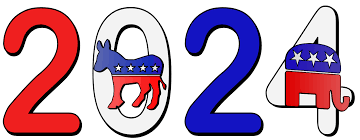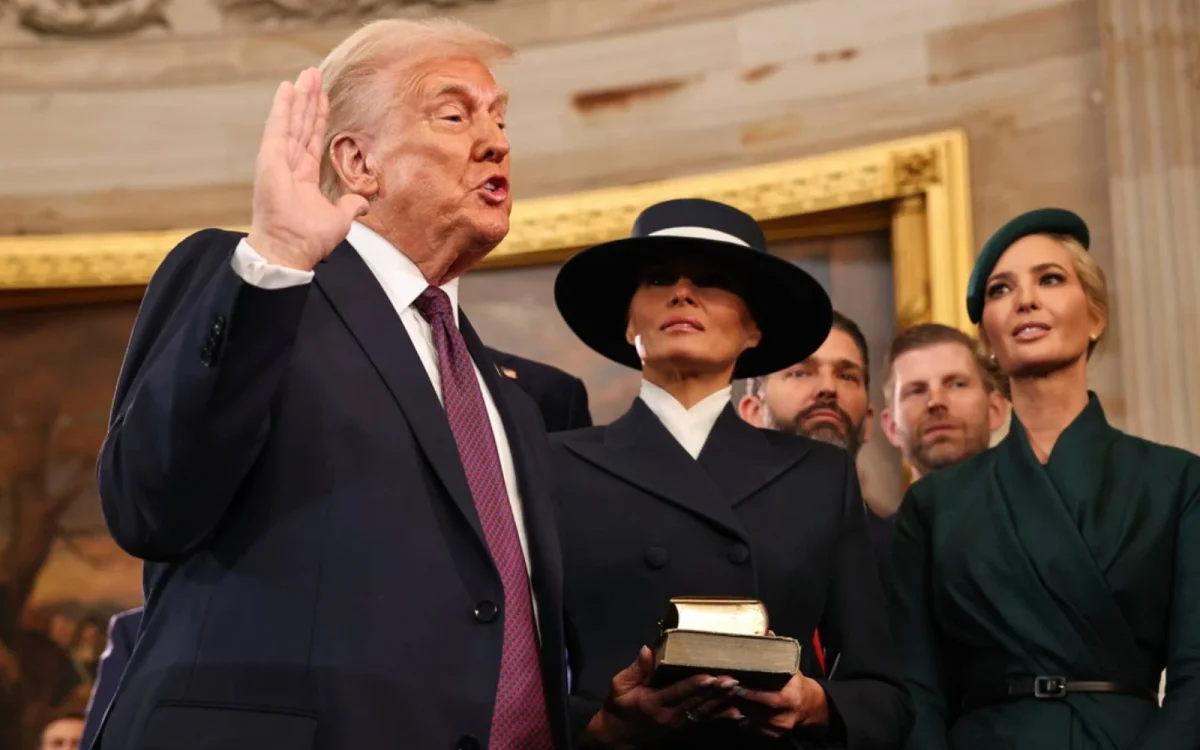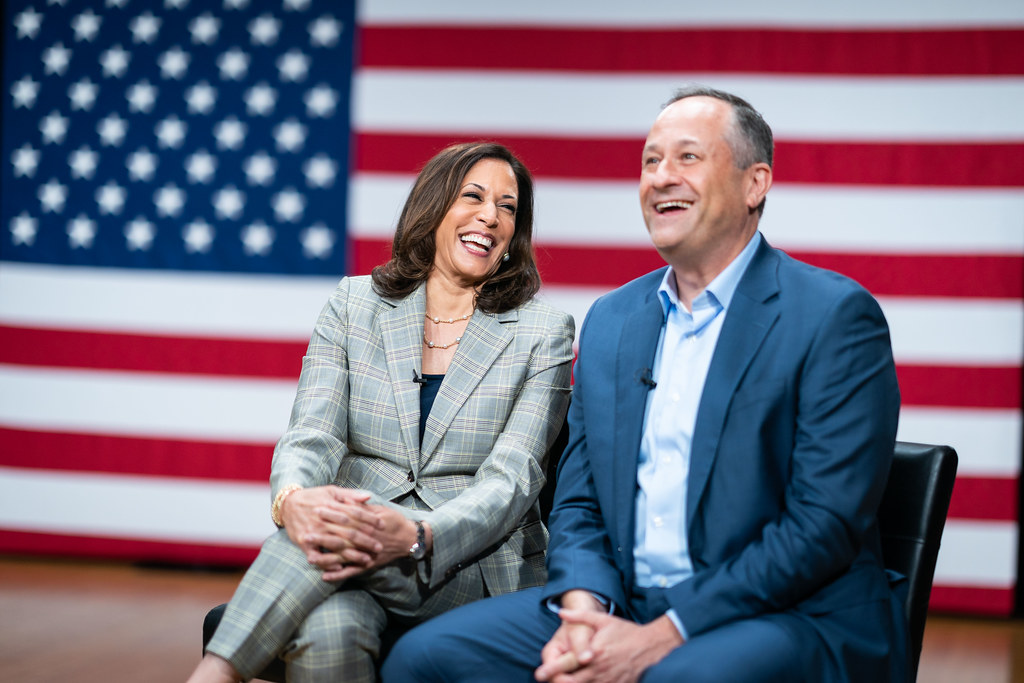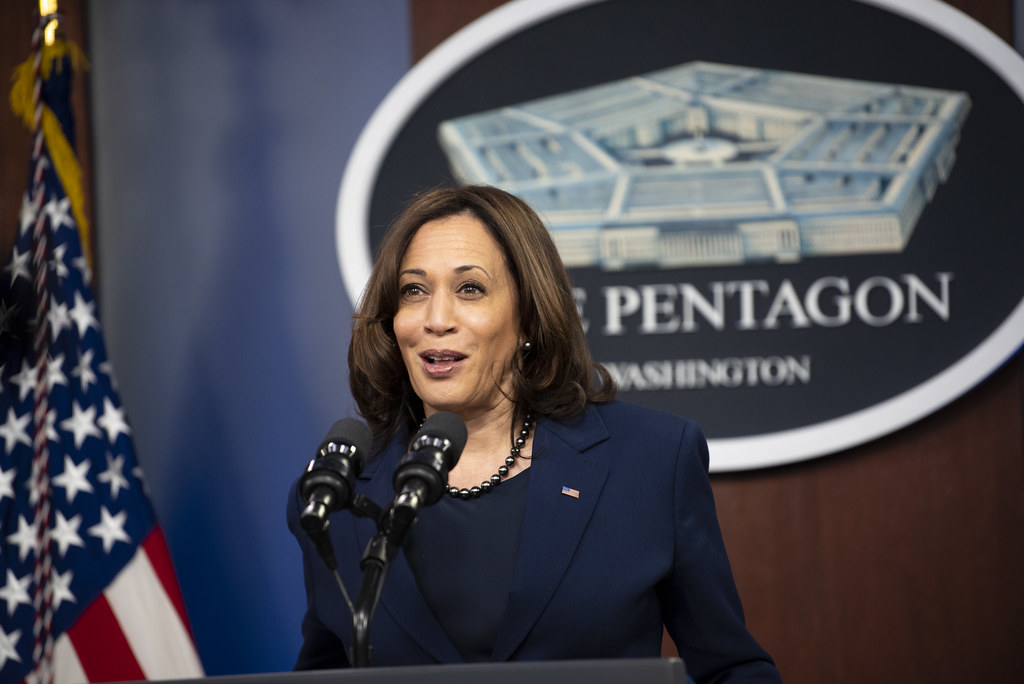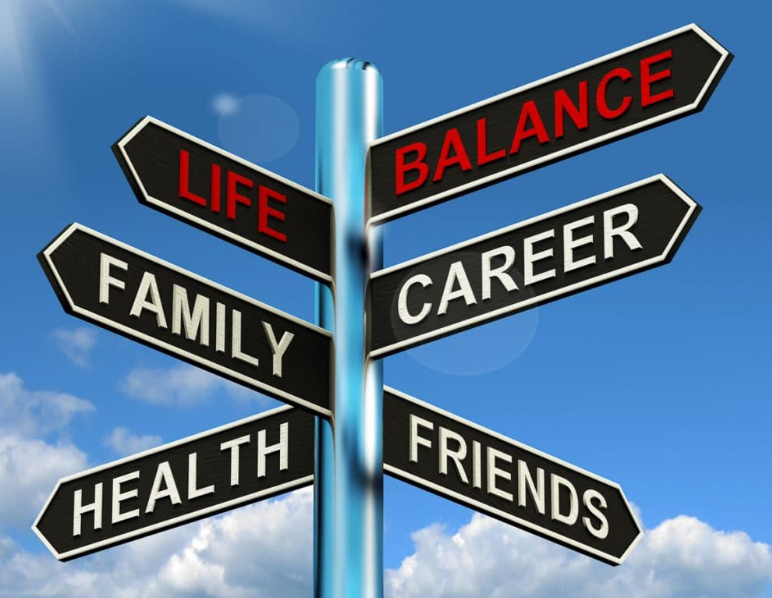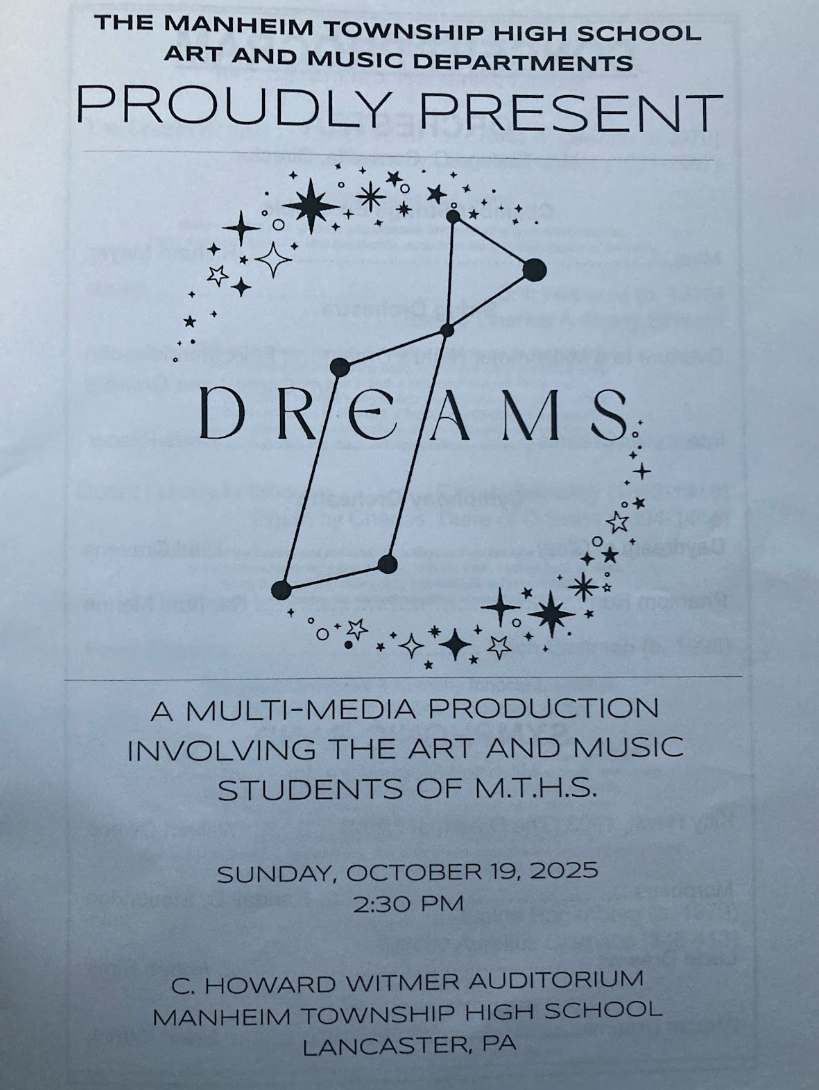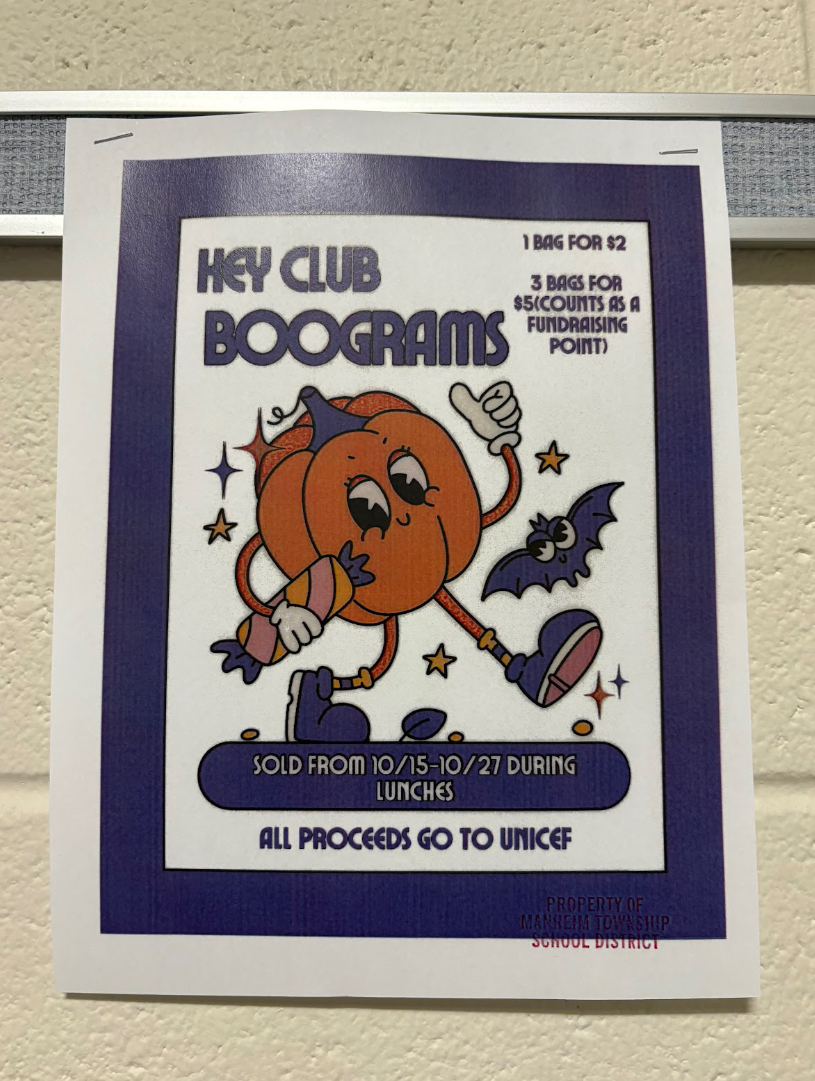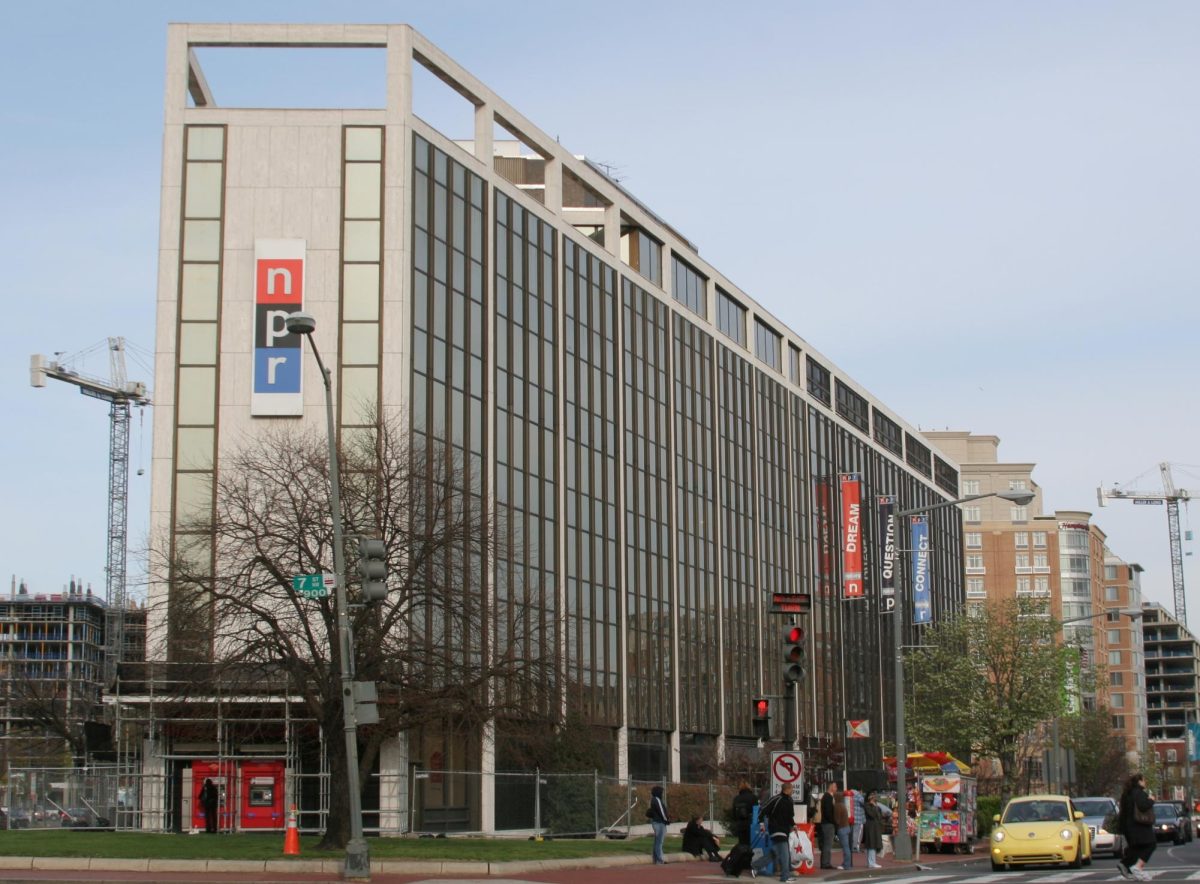Everyone knows that election season in Pennsylvania signifies mass amounts of mail, television programs being interrupted by undesirable advertisements and local streets being covered in political propaganda. While it is society’s civic duty to be engaged in their community, the overexposure to political promotions tends to actually do the opposite.
Through misinformation, excessive campaign spending and even pure viewer-aggravation, the question arises if political advertisements are even beneficial to a campaign’s success.
- Small Amounts of Undecided Voters
According to a recent polling, there are less than 5% of undecided voters nationwide. During October of 2016, the amount of undecided voters was even greater at 8%. The population of undecided voters has decreased. With this small amount, it shows that 95% of all of the nation’s votes are already determined. According to a less recent polling done in August by Franklin & Marshall, 3% of Pennsylvanian votes are projected as undecided. Ultimately though, the nationally small margin of undecided voters compared to previous election years can imply that the amount of campaigning needed to be done this year would decrease. This year, we see the opposite happening. It offers a question as to why there is such an excessive amount of advertisement for a small 5% of voters?
- Misinformation is Everywhere
With all the political advertisements society is faced with, there is no way to regulate the information that is being released. While it would be ideal for politics to be truthful and factual, these ideas are only wishful thinking. Politics are filled with misinformation; especially on social media, it is very simple for anyone to put out political messages without the approval of an actual candidate. This makes it important for individuals to fact-check information from reliable resources to avoid unfair stereotyping of candidates. Factcheck.org is a great resource for any quick research on a candidate and their policies.
- Negative Advertising is “Effective”, Yet Instills Voter Apathy and Polarity
Over the past couple decades, political advertisements have become increasingly more negative. It is much more common to see a campaign/group attack another by criticizing opposing views instead of advocating for their own ideas. While these approaches are somewhat more effective in increasing the receptiveness of viewers, they seem to cause people to lose interest in politics. People generally want to remove negativity and corruption from their lives, so many stop caring altogether with the rise in both of these things in modern politics. It also increases the divide between Democrats and Republicans. While these advertisements are impactful, they aren’t impactful in the right way.
- Certain Demographics Are Targeted Through Data Collection
With the increasing use of social media platforms like Instagram, Facebook and TikTok, political campaigns have taken advantage of these platforms and their abilities to personalize the users’ experiences. To maximize advertising, campaigns are likely to target key demographics. For example, if someone had strong religious affiliations, they would be “fed” content with the corresponding religious holiday they celebrate. According to PBS’s John Aristotle Phillips, an entrepreneur and political data-analyst, “…the idea here with online [advertising] is that you can target people very precisely based upon their interests and based upon the behavior. And when you do that, you’re more likely to get a result that you want.”
- The Spending of Political Campaigns is Increasing Exponentially
Political spending has increased exponentially over the years. According to a study done by Columbia University, political spending in 1988 totaled $1.6 billion compared to the projected amount for 2024 of $16 billion. With over a 450% increase in political advertising spending, it implies that these advertisements should be increasingly impactful on campaign success. With other factors considered though, the correlation of these two factors isn’t necessarily the strongest as seen by other reasons presented above. It makes one wonder what people could do with $16 billion if not used for advertisement spending. Funding could be used toward current endeavors for the country; $16 billion could increase the national budget for the education system by a whole 7%.


